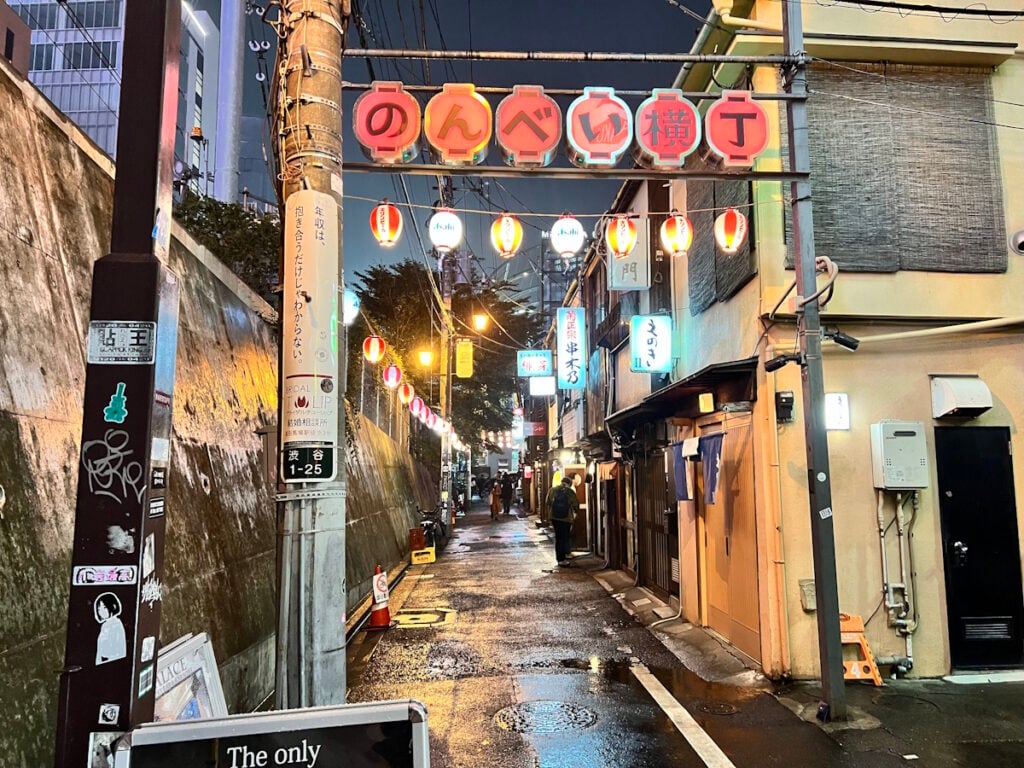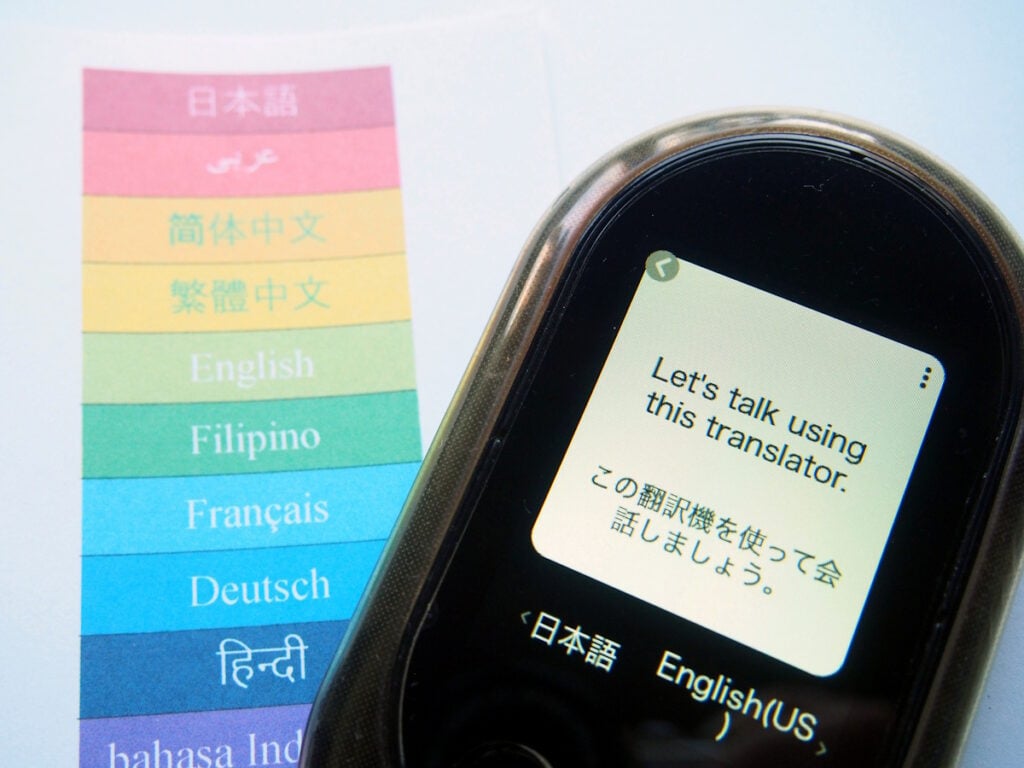Bad tourist behavior has drawn a lot of media attention in Japan recently. In particular, some Shinto shrines and Buddhist temples have been enraged over tourists destroying property on their sacred grounds. Now, one shrine in Nagasaki Prefecture has banned any tourism – from inside or outside of Japan – in a bid to protect its grounds.
The Watadzumi Shrine in Tsushima City, Tsushima Island (yes, the same Tsushima Island as the video game) made the announcement on March 23rd on their Instagram account. The statement, signed by Chief Priest Hirayama Shizuki, said that on March 22nd, “a foreign tourist committed a severe and unforgivable act of disrespect.”
The shrine said it’s consulted with police and local tourism officials about issues with tourists multiple times. However, it’s still struggled both with destructive behavior and with people yelling at and becoming violent with staff.
As a result, the shrine announced it would bar any visitors from entering. It would also turn away buses of both domestic and foreign tourists. The only people allowed to visit the shrine will be local parishioners or Shinto worshipers who come to worship. It further forbids taking photographs and livestreaming from the grounds.
“Any inbound tourist that would destroy a place, object, or person important to Japanese people is engaged in the destruction of Japanese culture,” the statement reads.
A history of issues

According to J-Cast News, this isn’t the shrine’s first go-around with a ban. In January 2020, it explicitly banned all “foreigners” from entering shrine grounds. It backed off of this after the news went viral. It made headlines again in 2024 when it accused a small group of Korean tourists of smoking, spitting, and ridiculing staff. In June 2024, it explicitly banned Koreans from entering.
The current pronouncement bans anyone who isn’t connected to the shrine or Shinto from entering, regardless of nationality. As we’ve covered before, targeting people on the basis of nationality or race is illegal under Japanese law.
In a follow-up post, Watazdumi emphasized that anyone coming to worship the gods of Shinto is welcome on the grounds. It’s unclear how it plans to verify this on a case-by-case basis. It only says that “Anyone visitors treat the shrine as a theme park or a photo spot isn’t a worshiper.”
Planning a trip to Japan? Get an authentic, interpreted experience from Unseen Japan Tours and see a side of the country others miss!

"Noah [at Unseen Japan] put together an itinerary that didn’t lock us in and we could travel at our own pace. In Tokyo, he guided us personally on a walking tour. Overall, he made our Japan trip an experience not to forget." - Kate and Simon S., Australia

See a side of Tokyo that other tourists can't. Book a tour with Unseen Japan Tours - we'll tailor your trip to your interests and guide you through experiences usually closed off to non-Japanese speakers.


Want more news and views from Japan? Donate $5/month ($60 one-time donation) to the Unseen Japan Journalism Fund to join Unseen Japan Insider. You'll get our Insider newsletter with more news and deep dives, a chance to get your burning Japan questions answered, and a voice in our future editorial direction.
Sadly, with some 40 million tourists expected to visit Japan this year, there are bound to be a few people who misbehave. Social media has driven some of the bad behavior, with influencers from China and the United States both using the country to turn outrage into cash.
Despite the incidents and online criticism, polls show a majority of people in Japan think the country’s tourism boom is positive.
Whenever I write an article like this, people ask us if it’s “safe” to travel to Japan. The answer is, without a doubt, yes. There isn’t an upswell of anti-tourist sentiment here. All of these incidents of people going viral aren’t about some minor violation of “ancient Japanese custom.” They’re people committing blatant acts of disrespect that are frowned upon in any country. Be polite and respectful on your trip, and you’ll find that most Japanese people will welcome you openly.
Want some added peace of mind on your trip? Unseen Japan Tours offers guided tours and interpretation so that you can understand the rules, interact pleasantly with residents, and learn about the country’s rich history and culture.
Why this page doesn't look like crap
You may notice a few things about this page. First, it’s mostly content – not ads. Second, this article was written by a human, not a plagiaristic Turing machine.
Unseen Japan is a collective of independent authors. We work hard to keep our content free of intrusive ads and AI slop.
Help us keep it that way. Donate to the Unseen Japan Journalism Fund to support our work. Regular donors will receive Insider, our paid newsletter with weekly bonus content about Japan. Plus, your contribution will help us produce more content like this.
What to read next

Halal Ramen in Tokyo: A Look at the Expanding Scene
Wanna enjoy one of Japan’s signature dishes but still stay halal? These five shops in Tokyo serve noodles without the pork and booze.

Tokyo’s Top 10 Drinking Neighborhoods – And Why Shibuya Doesn’t Make the Cut
Where do you go in Tokyo to grab some drinks and bond with friends? For many in the city, the answer is increasingly “not Shibuya.”

Why AI Translation Makes For An Awkward Japan Trip
More tourists report using AI translation – even though many admit it sucks. Here are better alternatives than talking through a machine.

